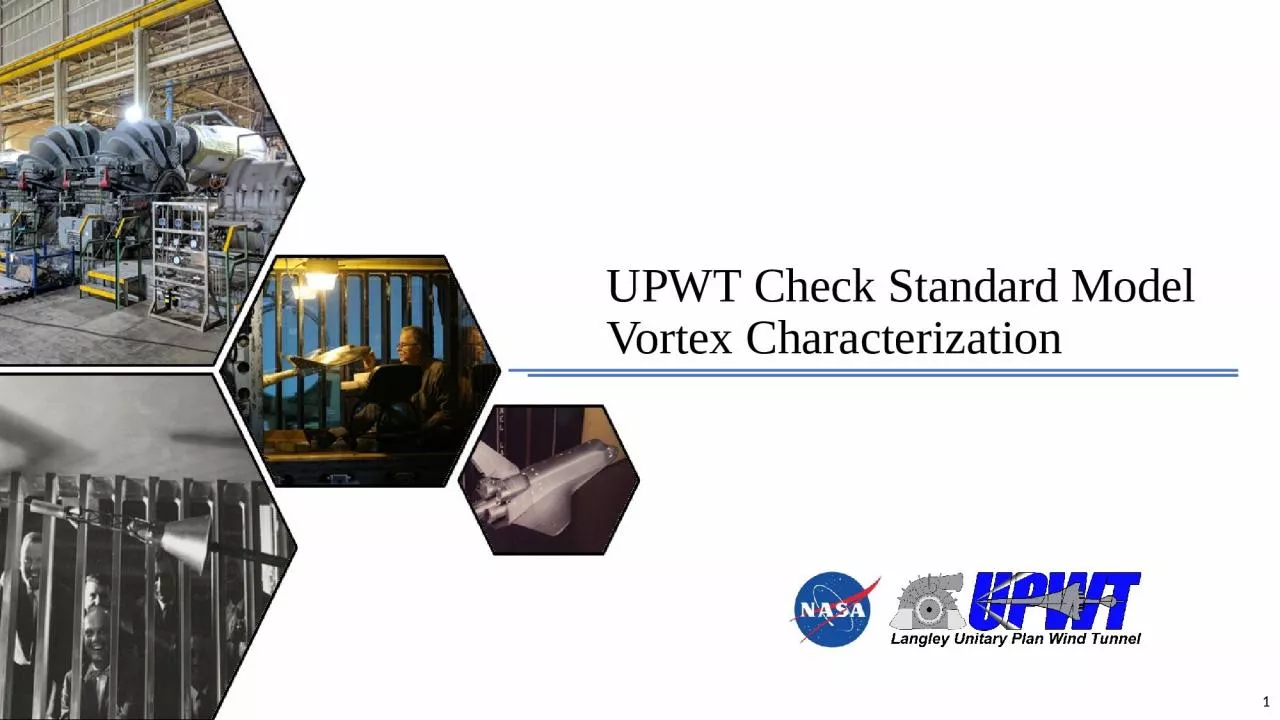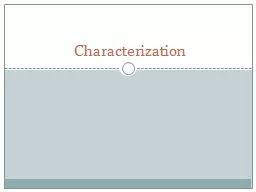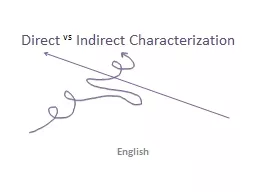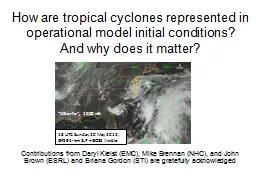PPT-UPWT Check Standard Model Vortex Characterization
Author : payton | Published Date : 2024-01-13
1 Background 2 Centerline vortex caused by presence of nozzle block Trail discovered during CFD studies of UPWT in 2019 Asymmetric flap loading occurred during
Presentation Embed Code
Download Presentation
Download Presentation The PPT/PDF document "UPWT Check Standard Model Vortex Charact..." is the property of its rightful owner. Permission is granted to download and print the materials on this website for personal, non-commercial use only, and to display it on your personal computer provided you do not modify the materials and that you retain all copyright notices contained in the materials. By downloading content from our website, you accept the terms of this agreement.
UPWT Check Standard Model Vortex Characterization: Transcript
Download Rules Of Document
"UPWT Check Standard Model Vortex Characterization"The content belongs to its owner. You may download and print it for personal use, without modification, and keep all copyright notices. By downloading, you agree to these terms.
Related Documents














